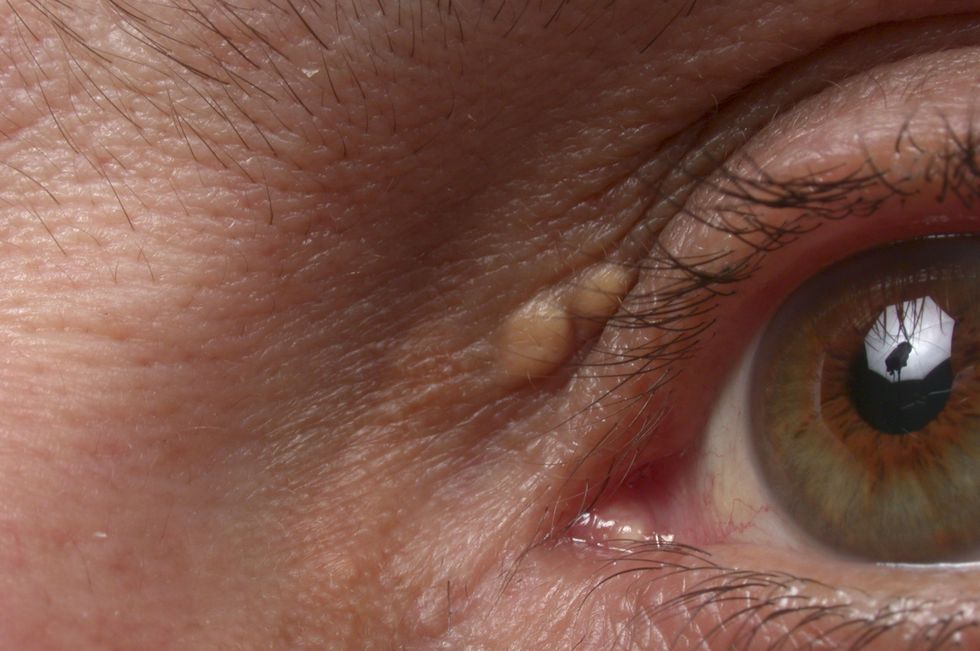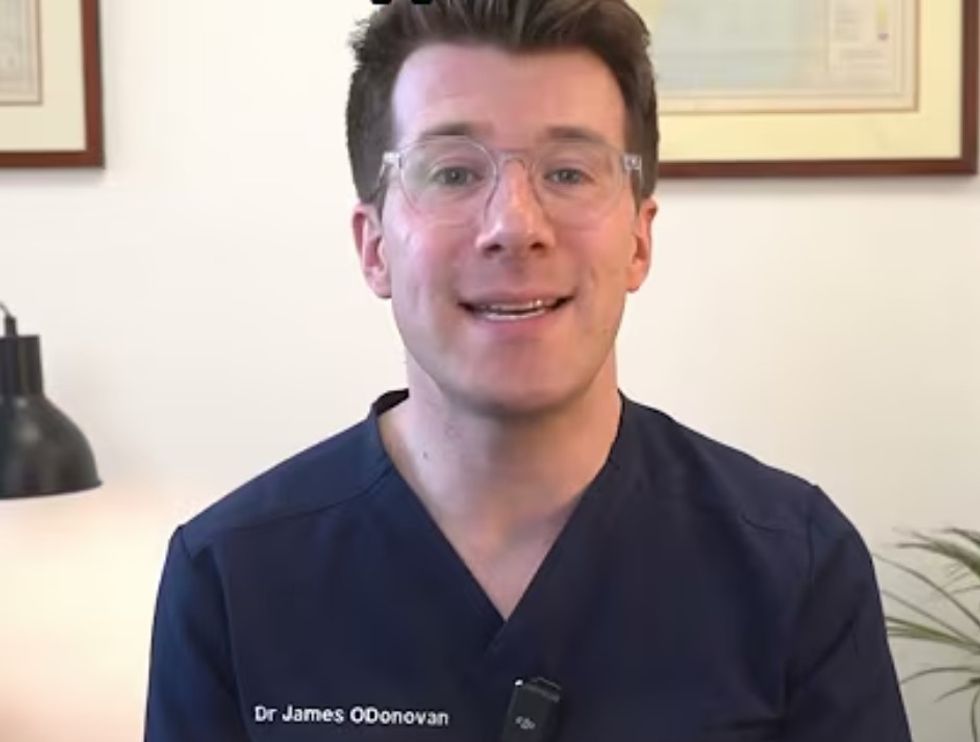The visual clues of high cholesterol that appear on the face and hands - 'speak to your health provider'

The notoriously sneaky condition occasionally produces visual clues
Don't Miss
Most Read
Latest
High cholesterol belongs to a group of pernicious conditions that frequently go unnoticed, partly because they build up gradually without irritating nerves or tissue.
Arterial obstructions can take years - if not decades - to occur, making acute changes in appearance unlikely.
But complications like xanthelasma, corneal arcus, and tendons xanthomata may suggest damage is already underway, according to GP Dr James O'Donovan.
“High cholesterol is often called a silent killer, because other than these signs, you might not know you have it," Dr O'Donovan recently shared on TikTok.

Xanthelasmas are yellowish plaques that form on or around the eyelids
|GETTY / TIKTOK / @DrODonovan
“But if levels are too high, they cause strokes or heart attacks, so if you notice any of these, go and speak to your health provider.”
Tendons xanthomata are cholesterol deposits in the tendons that appear as thickened or lumpy areas, particularly noticeable around the Achilles tendons and tendons in the hands.
“Second are xanthelasmas, which are yellowish patches or plaques that commonly occur on or around the eyelids,” Dr James O'Donovan shared. “They’re deposits of cholesterol under the skin.”
The final sign, clinically known as corneal arcus, refers to a grey or white arc around the iris.
“Though it can be a normal ageing change, particularly in individuals over the age of 60, its presence in younger people is often associated with high cholesterol,” explained Dr O'Donovan.
Because cholesterol can go unnoticed for years, getting levels checked regularly is crucial.
How to avoid high cholesterol
While there is no consensus on the best diet for high cholesterol, vegetarian eating patterns offer the best chance of removing fatty molecules from the body.
LATEST DEVELOPMENTS

Doctor James O'Donovan shared the symptoms on his channel
|GETTY / TIKTOK / @DrODonovan
The Mediterranean diet is particularly effective because it limits processed foods and emphasises olive oil. Most of its calories come from plant-based sources.
Individuals will find the effectiveness of following a healthy diet and using medications to lower cholesterol varies from person to person, sometimes slashing levels by as much as 10 per cent.
In some cases, however, medication will reduce levels by a further 20 per cent to 50 per cent.











